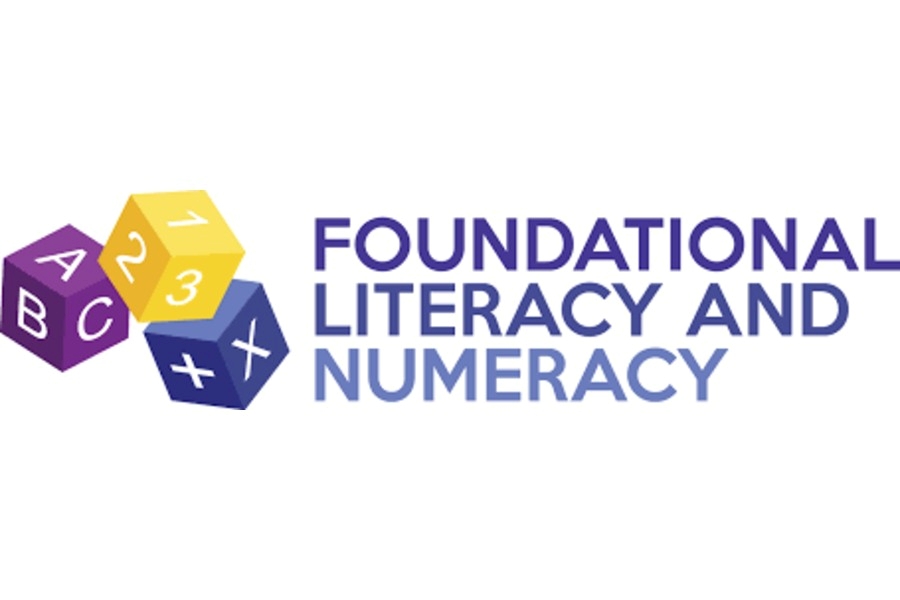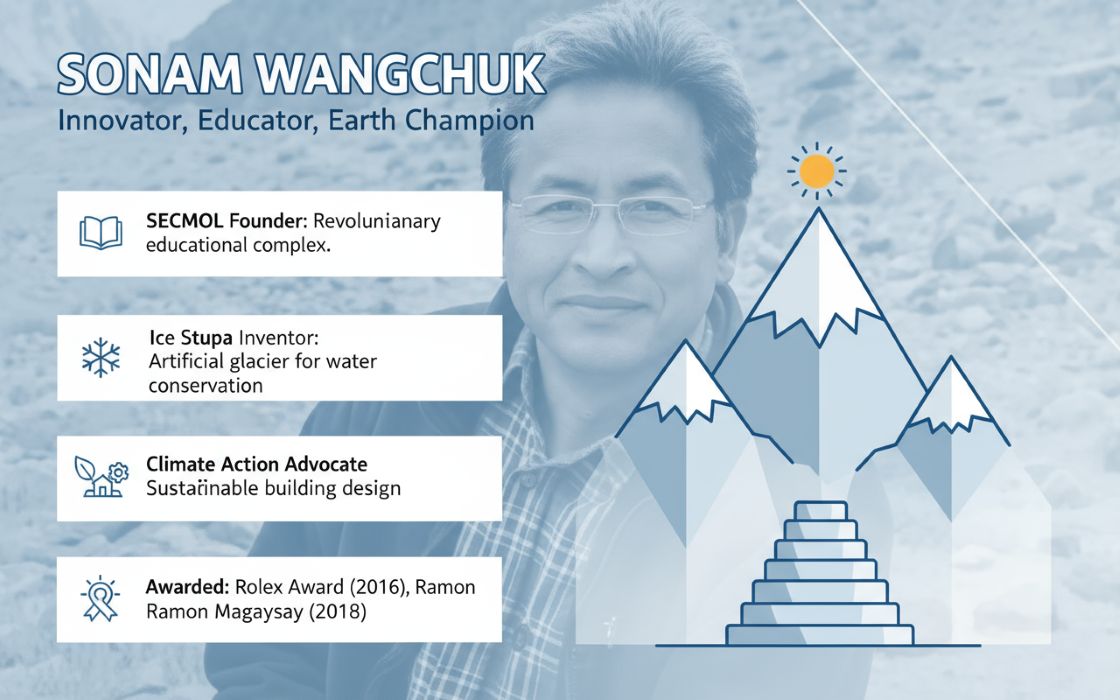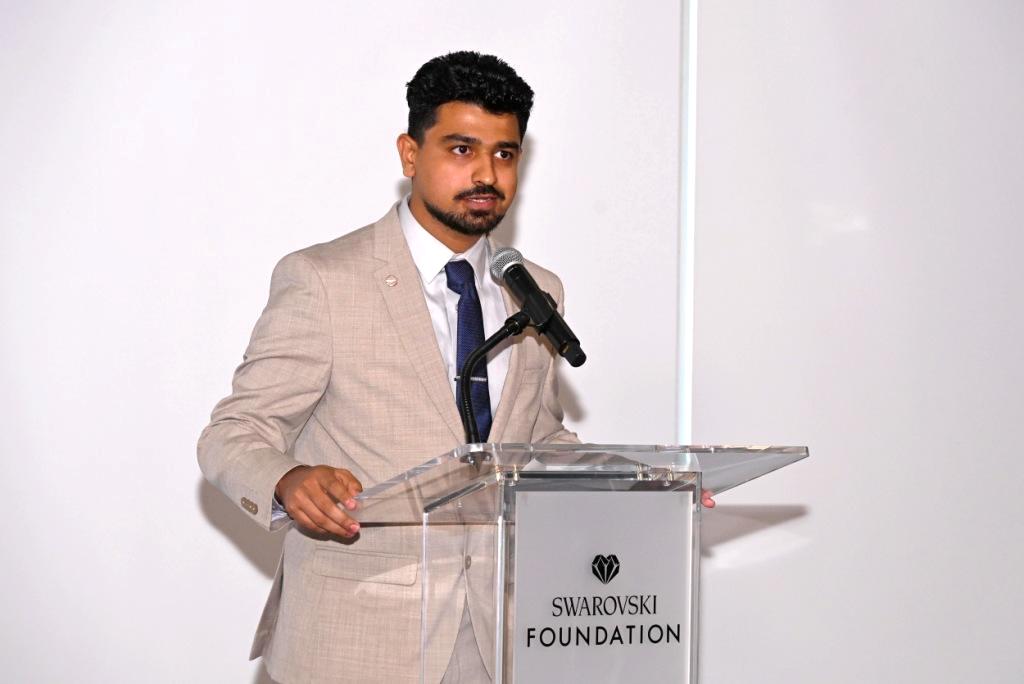 In a world where cities are growing faster than ever, the need for sustainable urban solutions has never been more urgent. The Swarovski Foundation’s Creatives for Our Future programme, in collaboration with the United Nations Office for Partnerships, seeks to empower emerging designers and innovators addressing these global challenges. One of its 2025 grant recipients, Indian architect and bio-integrated designer Mangesh Kurund, is reimagining urban facades with his groundbreaking project Bio-Clad—a self-irrigating, bio-receptive cladding system that supports the growth of moss and algae to purify air, reduce urban heat, and promote biodiversity.
In a world where cities are growing faster than ever, the need for sustainable urban solutions has never been more urgent. The Swarovski Foundation’s Creatives for Our Future programme, in collaboration with the United Nations Office for Partnerships, seeks to empower emerging designers and innovators addressing these global challenges. One of its 2025 grant recipients, Indian architect and bio-integrated designer Mangesh Kurund, is reimagining urban facades with his groundbreaking project Bio-Clad—a self-irrigating, bio-receptive cladding system that supports the growth of moss and algae to purify air, reduce urban heat, and promote biodiversity.
In this interview with TheCSRUniverse, Mangesh shares what receiving the €20,000 grant means to him, the inspiration behind his nature-driven innovation, and his mission to bridge the gap between built environments and ecosystems. He discusses the long-term sustainability impact of Bio-Clad, the social and economic benefits it promises, and how mentorship through the programme will shape his journey. With a clear focus on SDGs 9, 11, and 13, Mangesh offers insights into how creative architecture can become a catalyst for climate action, ecological regeneration, and scalable green infrastructure in cities worldwide.
Q&A
Q. What does it mean for you to receive the Swarovski Foundation Creatives for Our Future Grant? Why did you apply for the Grant?
A. Receiving the Swarovski Foundation Creatives for Our Future Grant is a transformative opportunity for me. It validates the years of exploration and innovation I have pursued at the intersection of architecture, biology, and material science. This grant is not just financial support; it’s a platform to prototype, test, and bring to life a concept that I’ve been passionately developing for years.
I applied for this grant because I see my project, a self-irrigating bio-receptive cladding system, as a game-changing innovation for urban sustainability. With urban areas grappling with air pollution, rising temperatures, and declining biodiversity, my project offers a solution that transforms building facades into active contributors to sustainability. However, taking such an idea from concept to reality requires advanced resources and global networks, which the Swarovski Foundation provides.
This grant will enable me to refine my project and align it with key SDG 11- Sustainable Cities and Communities- by promoting urban greening, reducing air pollution, and fostering biodiversity; SDG 13- Climate Action- by offering a carbon-negative solution that improves air quality and mitigates urban heat islands & SDG 9- Industry, Innovation, and Infrastructure- by pioneering eco-friendly materials and design strategies for sustainable urban infrastructure.
The grant will also help me realize my long-term vision of making sustainable architecture accessible, scalable, and impactful.
Q. Please tell us more about your project and what you aim to achieve by the end of the programme in April next year?
A. My project involves the development of a self-irrigating bio-receptive cladding system that integrates bio-mimetic geometries, micro-irrigation mechanisms, and sustainable materials like terracotta. These modular tiles transform urban building facades into carbon-negative surfaces, supporting the growth of algae and moss to sequester carbon, purify air, and cool cities.
Bio-Clad is an innovative architectural project integrating biological systems into urban architecture through a self-irrigating bio-receptive cladding system. This project focuses on developing lightweight tiles that combine three essential components: Tile geometry and surface design, Water reservoir functionality, and Drainage design. Bio-Clad aims to cultivate algae and moss in a controlled manner for air purification, carbon sequestration, and urban cooling by utilising a combination of advanced materials and mimicking natural water management processes. Due to current practices, the construction industry faces significant environmental challenges, including urban heat islands and poor air quality.My mission is to transform building facades into self-sustaining ecosystems, enhancing urban greening.
By April 2026, I aim to develop self-irrigating tiles cladded to a wall panel, conduct field testing, collaborate with experts, and prepare for wider adoption in urban settings.
Q. What inspired you to develop this project?
A. The inspiration for this project stems from my dual experiences as the son of a farmer and as an architect. Growing up, I observed the interconnection of ecosystems and realized how buildings often disrupt, rather than complement, the natural environment. This led me to question the lifelessness of traditional building materials and envision architecture as a host for ecology.
My personal philosophy, "Today the building nests the plant, tomorrow the plant nests the building," captures this vision. It reflects my belief in creating buildings that not only coexist with nature but actively contribute to it.
Q. What is your goal as a Cohort of the Swarovski Foundation Creatives for Our Future?
A. As a cohort member of the Swarovski Foundation Creatives for Our Future, my goal is to turn my concept into a scalable, impactful, and commercially viable product. Over the next year, I aim to develop functional prototypes of the bio- receptive cladding system and evaluate its performance in real-world conditions.
Beyond product development, I aim to contribute to a broader dialogue on sustainable development in architecture. By leveraging the mentorship, funding, and global exposure offered by the program, I hope to inspire architects, developers, and city planners to rethink the role of buildings in urban ecosystems.
In the long term, I envision launching a startup to bring this innovation to the market. The simplicity, affordability, and ecological benefits of the system make it a practical solution for architects and planners seeking to meet sustainability goals without compromising on aesthetic value. Through this program, I hope to create a lasting impact on how we approach urban greening and sustainable architecture.
Q. What do you hope to gain from the mentorship that is provided alongside the project funding?
A. I hope to gain insights from seasoned experts across disciplines to refine my project and maximize its impact. The mentorship will help me navigate challenges in design, material selection, and scalability, ensuring that the cladding system is not only functional but also commercially viable.
Additionally, I look forward to learning how to effectively communicate the ecological and economic benefits of my innovation to stakeholders, including architects, developers, and policymakers. This guidance will be instrumental in scaling the project and aligning it with global sustainability goals.
Q. What does sustainable development mean to you and why is it important?
A. Sustainable development, to me, means creating systems that balance economic growth, environmental stewardship, and social equity. It’s about designing solutions that address the needs of today without compromising the ability of future generations to meet their needs.
Q. How will your project help to improve sustainability in the long term?
A. My project contributes to long-term sustainability by transforming urban building facades into active ecological systems. By promoting urban greening, reducing air pollution, and mitigating urban heat islands, the cladding system addresses critical environmental challenges.
Q. Why do you think it’s important that businesses and organisations invest in sustainable development?
A. Businesses and organizations have the resources and influence to drive large-scale change. Investing in sustainability not only benefits the planet but also enhances brand value and fosters long-term economic growth. In today’s world, sustainability is no longer optional—it’s a necessity.
Q. What is the positive impact you aim to achieve through your Project? What kind of broader social and/or economic benefits do you foresee?
A. The primary beneficiaries are urban residents, who will experience improved air quality, reduced heat, and aesthetically enhanced environments. Architects and city planners will also benefit from a practical, scalable solution for integrating sustainability into urban design.
The project will create job opportunities in design, manufacturing, and installation while promoting awareness about sustainable practices. It will also contribute to achieving SDGs related to sustainable cities, climate action, and innovation.



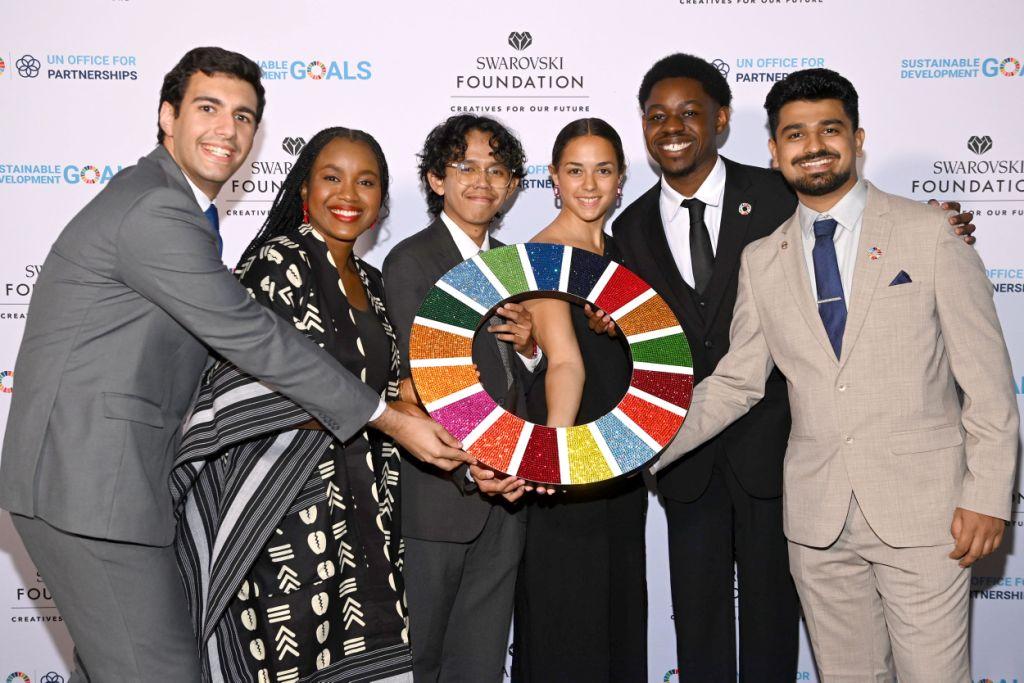
 In a world where cities are growing faster than ever, the need for sustainable urban solutions has never been more urgent. The Swarovski Foundation’s Creatives for Our Future programme, in collaboration with the United Nations Office for Partnerships, seeks to empower emerging designers and innovators addressing these global challenges. One of its 2025 grant recipients, Indian architect and bio-integrated designer Mangesh Kurund, is reimagining urban facades with his groundbreaking project Bio-Clad—a self-irrigating, bio-receptive cladding system that supports the growth of moss and algae to purify air, reduce urban heat, and promote biodiversity.
In a world where cities are growing faster than ever, the need for sustainable urban solutions has never been more urgent. The Swarovski Foundation’s Creatives for Our Future programme, in collaboration with the United Nations Office for Partnerships, seeks to empower emerging designers and innovators addressing these global challenges. One of its 2025 grant recipients, Indian architect and bio-integrated designer Mangesh Kurund, is reimagining urban facades with his groundbreaking project Bio-Clad—a self-irrigating, bio-receptive cladding system that supports the growth of moss and algae to purify air, reduce urban heat, and promote biodiversity.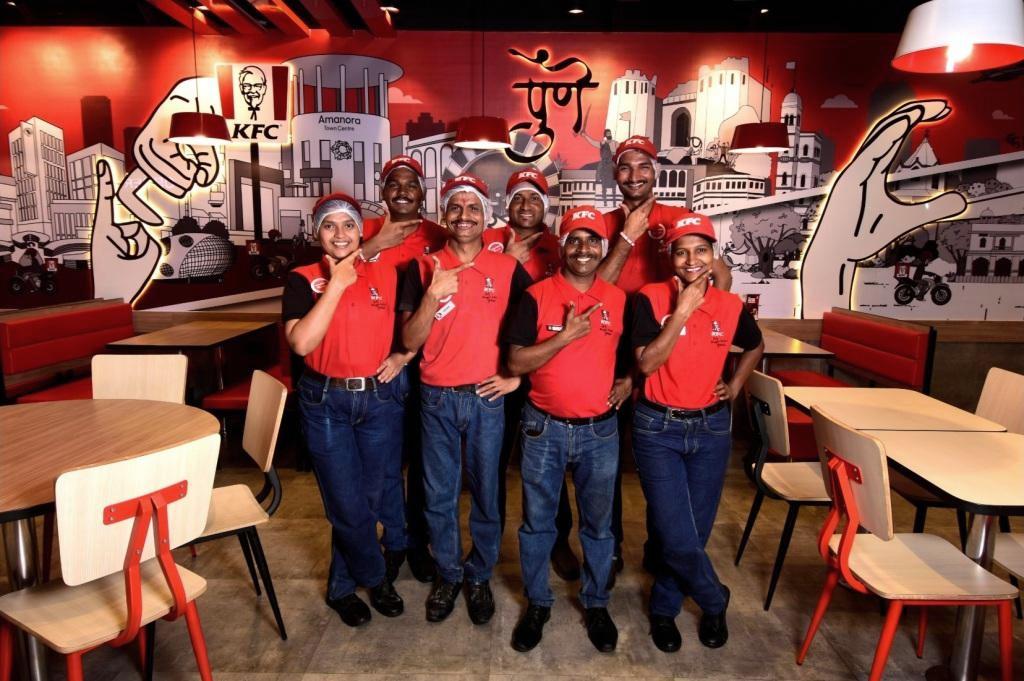
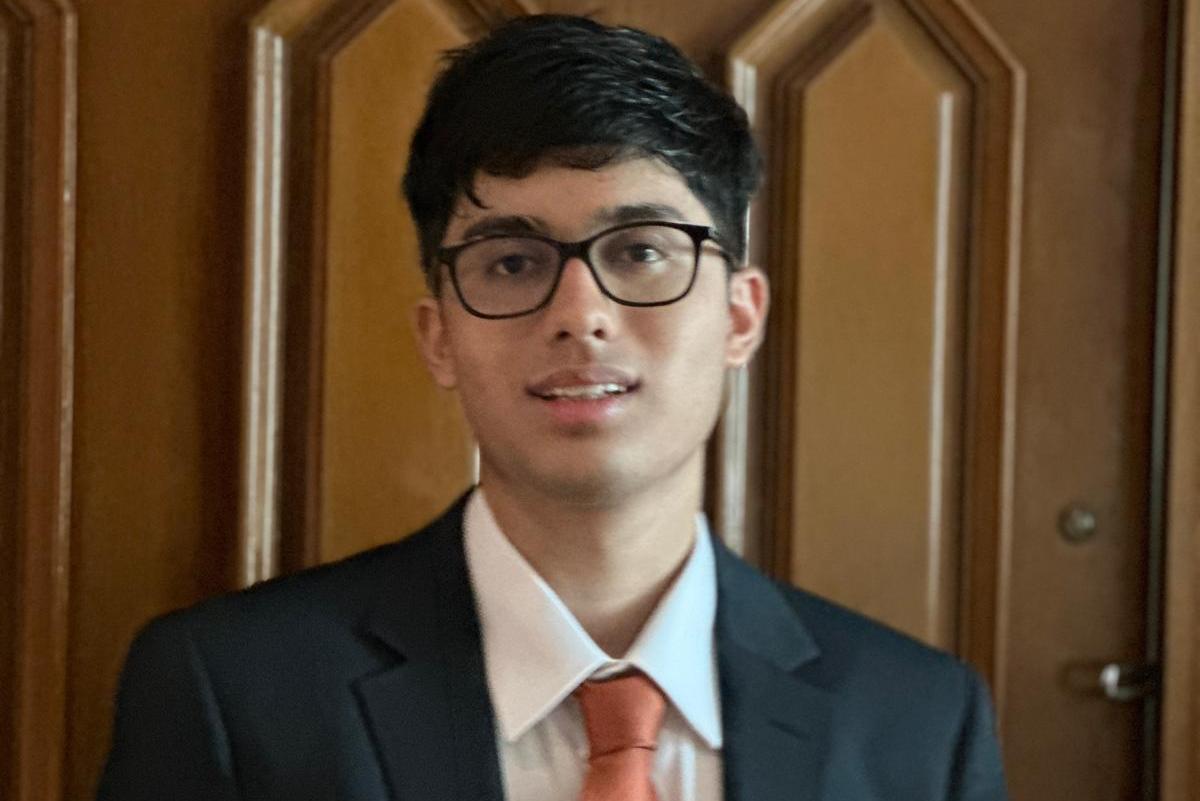
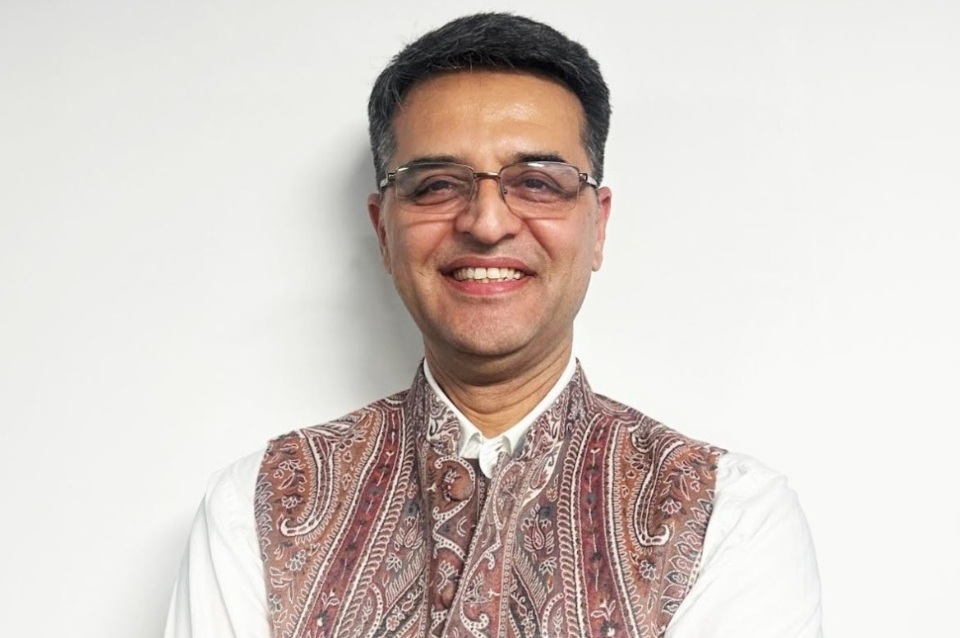
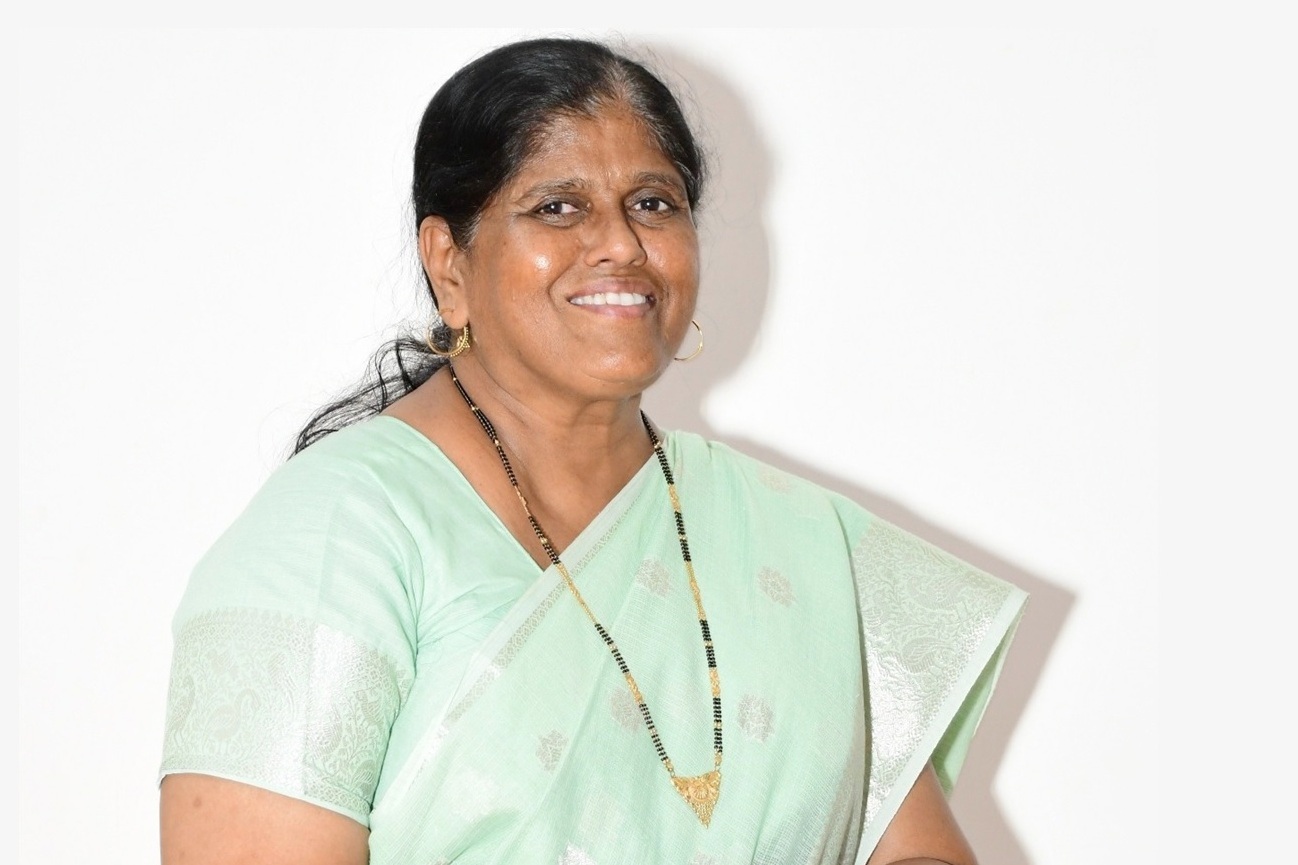
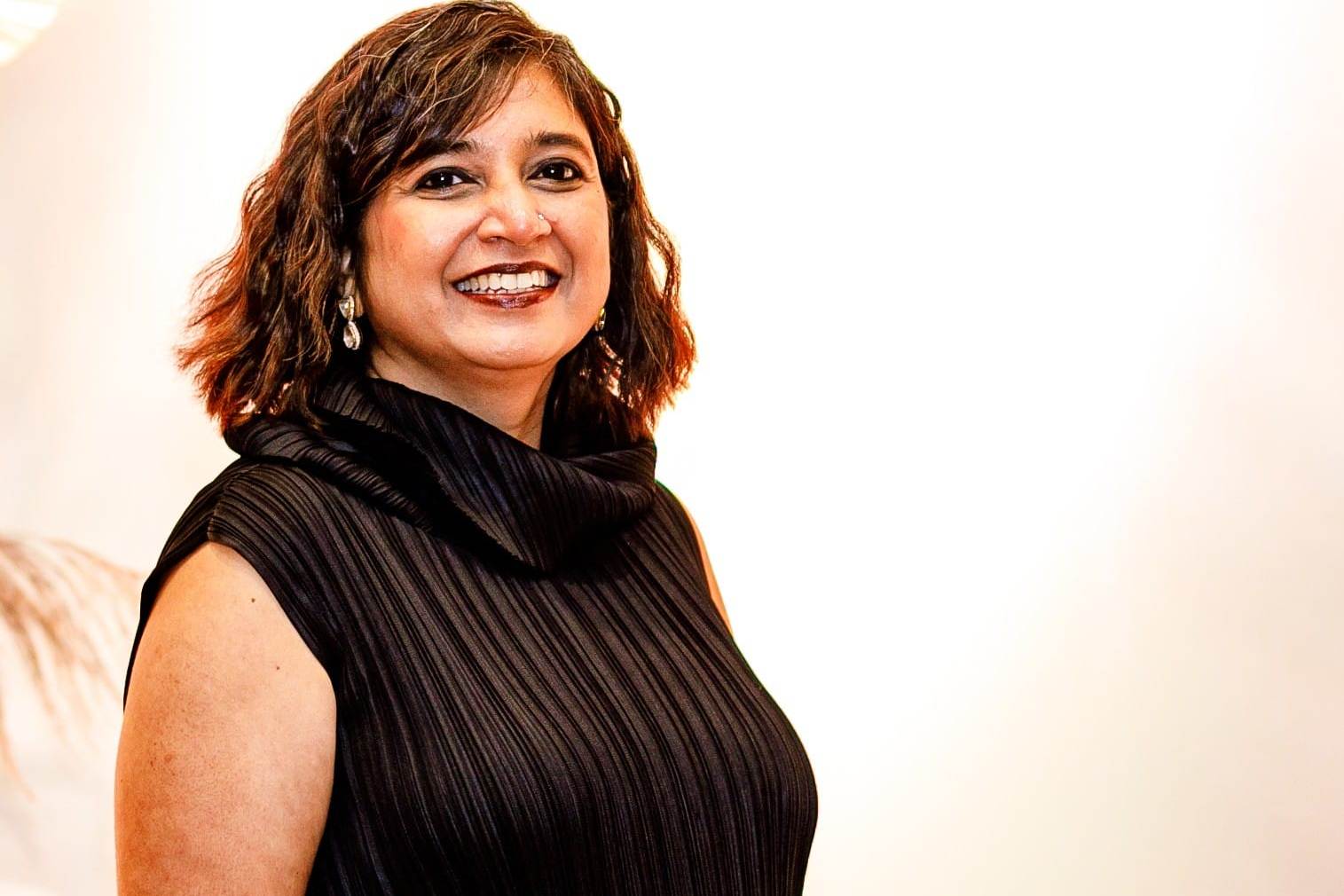

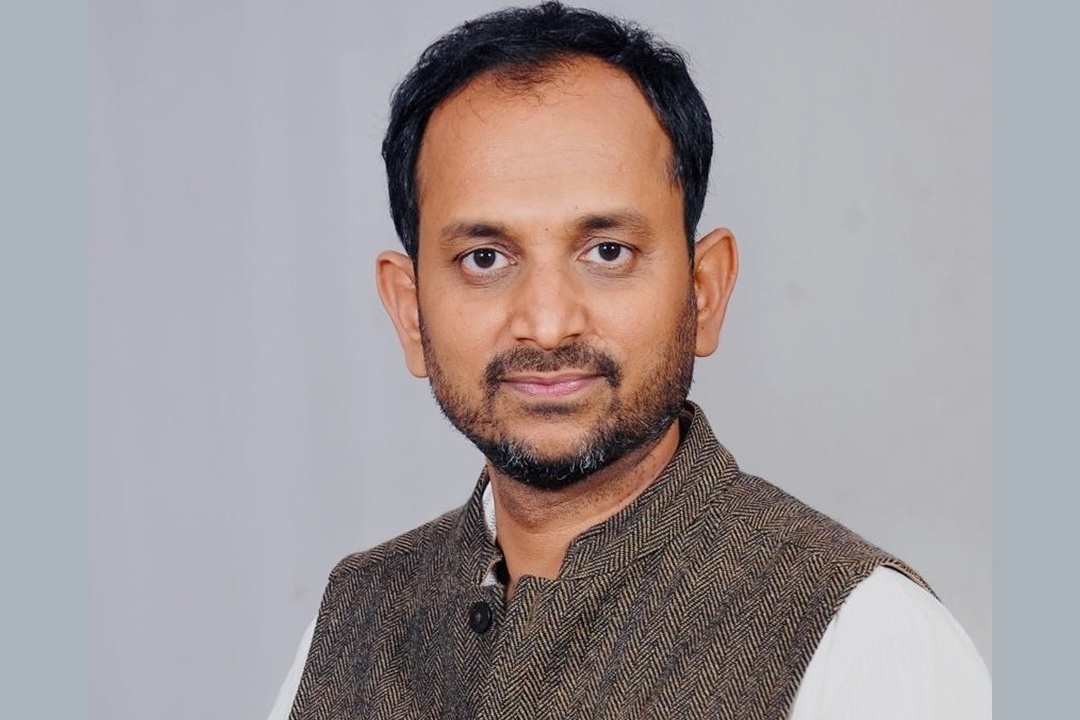
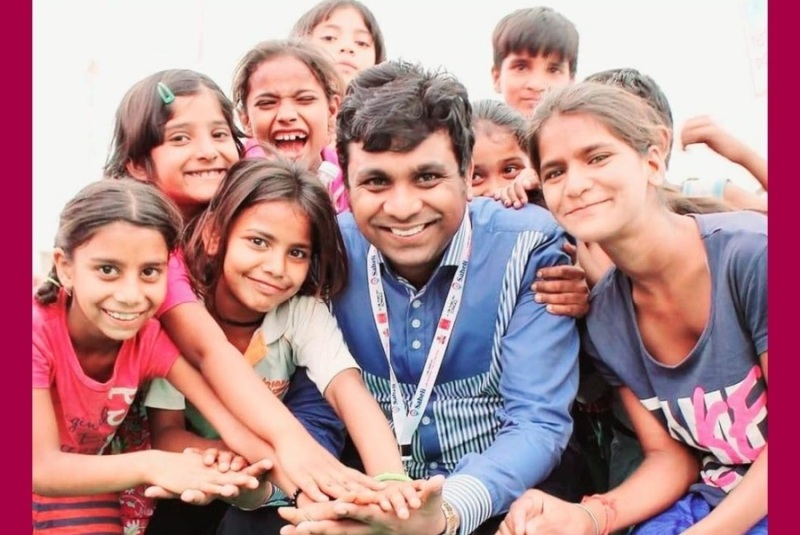
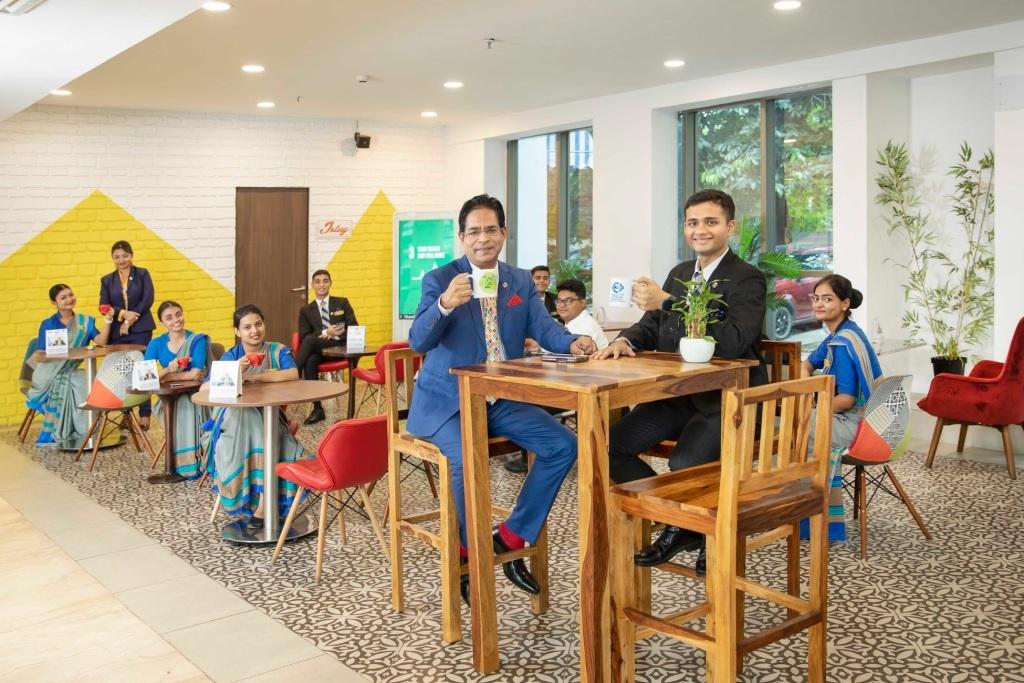
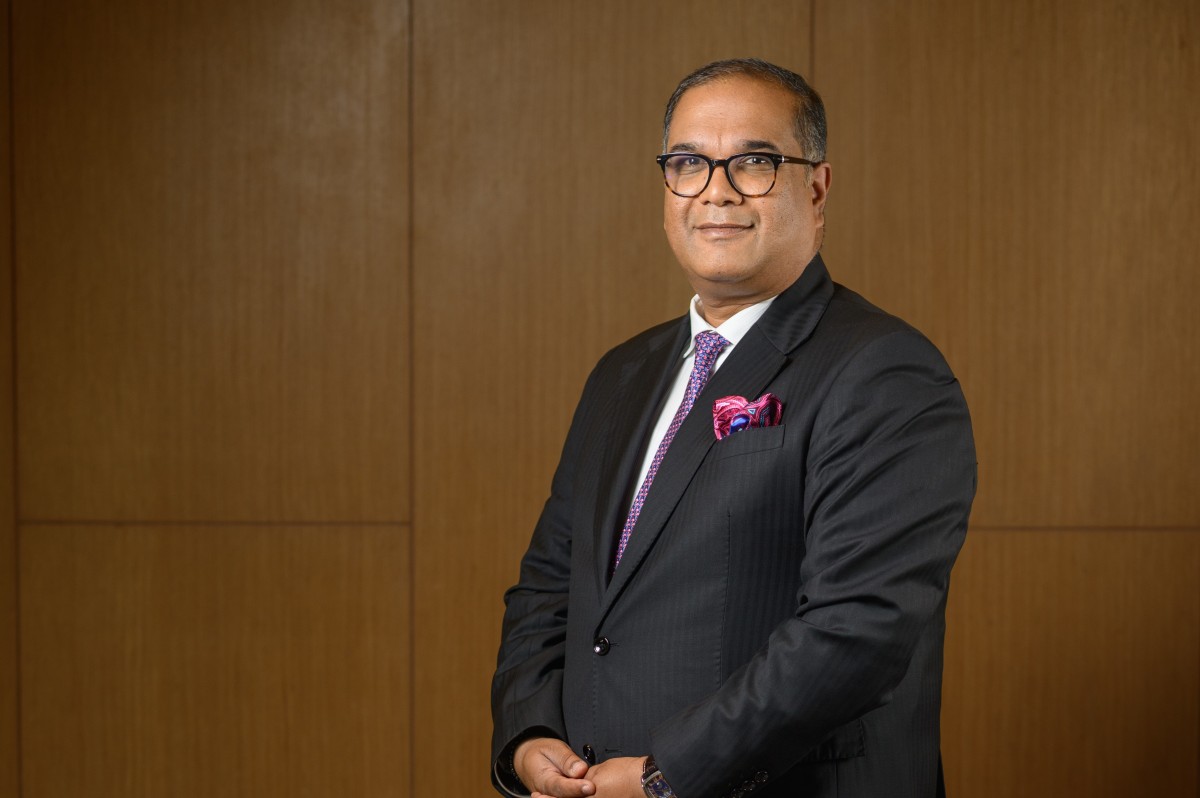
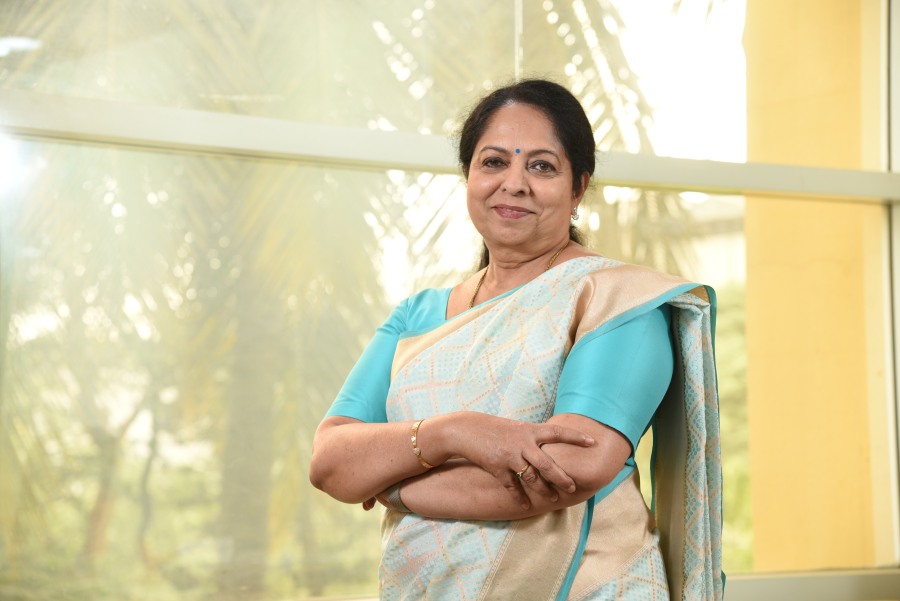
.jpg)
